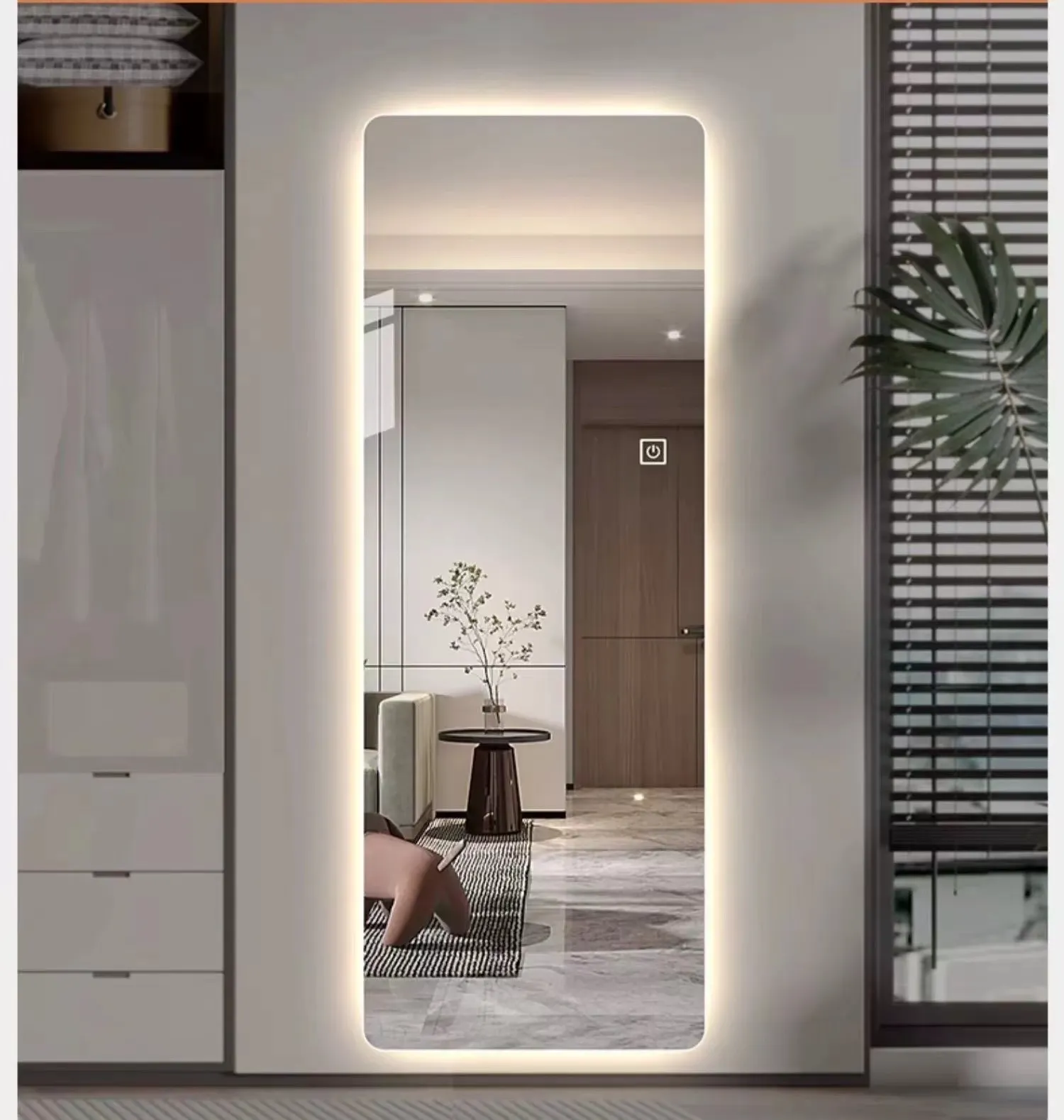

Low Emittance Glass A Key Player in Energy Efficiency and Sustainability
In an era where energy efficiency and sustainability are paramount, low emittance glass has emerged as a revolutionary material in the construction and manufacturing industries. This specialized glass is engineered to minimize the amount of infrared and ultraviolet light that passes through, while still allowing visible light to enter. Its unique properties not only enhance the aesthetics of buildings but significantly contribute to energy savings and climate control.
Low emittance glass, often referred to as low-e glass, is coated with a microscopically thin layer of metallic oxides. This coating reflects heat back into the room during winter months, reducing the need for heating, while simultaneously reflecting unwanted solar heat during the summer. This dual functionality helps maintain a stable indoor climate, providing comfort to occupants while minimizing energy consumption.
The benefits of low-e glass extend beyond mere energy efficiency
. By reducing reliance on artificial heating and cooling systems, buildings equipped with low emittance glass contribute to lower greenhouse gas emissions. This aligns perfectly with global efforts to combat climate change and promote environmentally responsible practices. Additionally, the use of such glass can lead to significant cost savings on energy bills, making it a financially sensible choice for homeowners and businesses alike.
From a design perspective, low-e glass allows architects and builders greater flexibility. It can be utilized in various applications, including windows, facades, and skylights, without sacrificing natural light. This feature is particularly important in commercial buildings, where maintaining an inviting atmosphere is crucial for both employee satisfaction and customer engagement.
Moreover, the improved thermal performance of low emittance glass can qualify buildings for green building certifications, such as LEED (Leadership in Energy and Environmental Design). This elevates a property’s market value and appeal, creating a win-win scenario for developers and environmentally-conscious consumers.
As the demand for sustainable building materials continues to rise, low emittance glass stands out as a vital component in the quest for more efficient structures. With advances in technology leading to even more effective coatings and manufacturing processes, the future of low-e glass looks promising. It is not just a material; it represents a step forward in our collective responsibility towards energy efficiency, sustainability, and a greener planet.